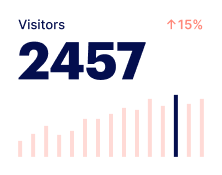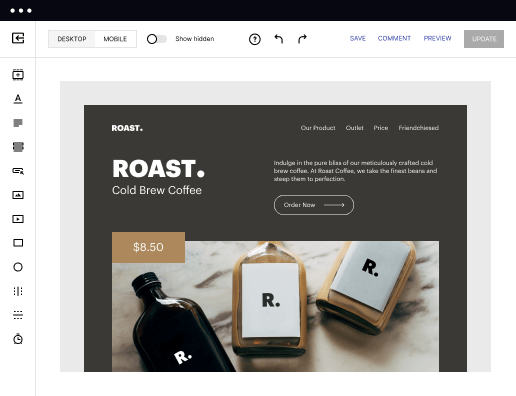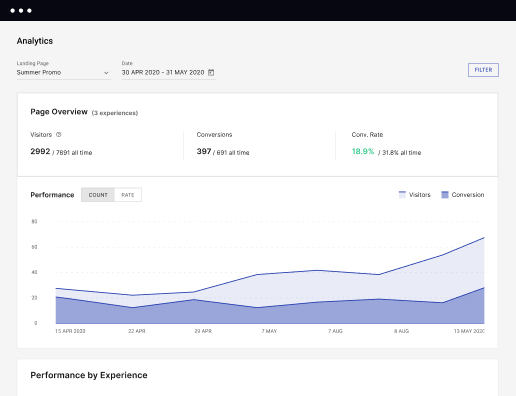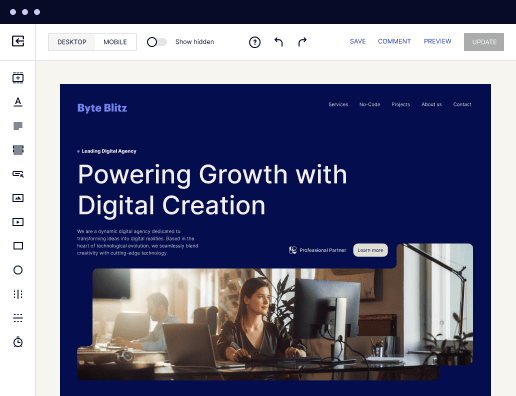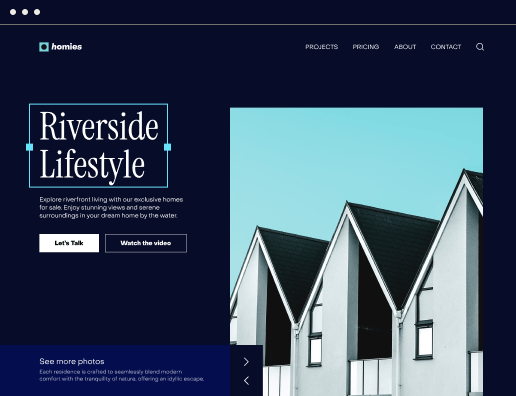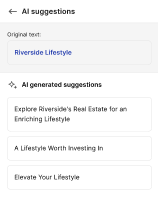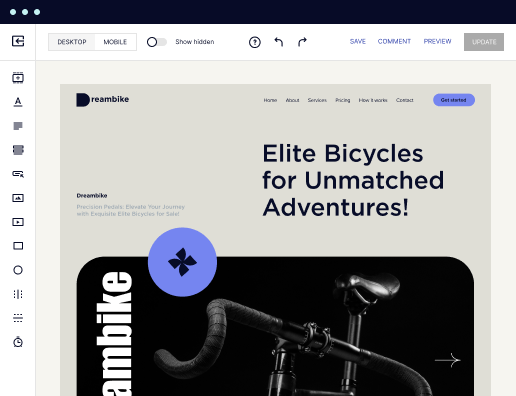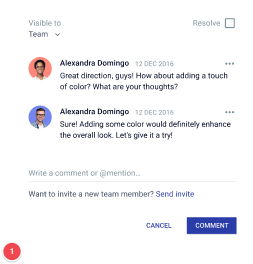Make your HTML page for Mechanical engineers and convert leads into revenue
Power up and optimize your campaigns with Instapage. Effortlessly create your HTML page for Mechanical engineers to highlight your expertise, attract your target audience, and achieve superior conversion outcomes.
Create your HTML page for Mechanical engineers with Instapage
In the competitive realm of mechanical engineering, having a dedicated HTML page can significantly enhance your outreach and engagement. Instapage offers a robust platform that empowers you to create effective landing pages quickly and efficiently, tailored specifically for the needs of mechanical engineers. This guide will walk you through the steps of creating a professional, conversion-focused HTML page using Instapage.
Understanding the needs of mechanical engineers
Before diving into the technical aspects, it's essential to grasp what mechanical engineers seek in a landing page. They want a platform that highlights their expertise, showcases their projects, and allows for seamless interaction. Therefore, a well-structured HTML page should emphasize key aspects such as portfolio presentation, project details, and contact forms for client inquiries.
- Effective portfolio display: Showcase your projects with high-quality images and detailed descriptions. This helps in building trust and demonstrating capabilities.
- Clear project details: Provide specifics about each project, including scope, technologies used, and outcomes to attract potential clients or employers.
- Easy-to-use contact forms: Make it effortless for potential clients to reach you with well-placed forms that encourage inquiries.
Step 1: Choosing the right layout
With Instapage's extensive library of over 100 customizable templates, selecting the right layout is crucial for appealing to your audience. Follow these guidelines to choose the best layout for your HTML page.
- Select a conversion-focused template that aligns with engineering aesthetics, focusing on clean lines and professional visuals.
- Ensure the layout is responsive, making it easily accessible on various devices including desktops, tablets, and mobiles, as many users will access your site on the go.
- Incorporate dynamic elements that capture your audience's attention, such as interactive charts or animations that illustrate engineering concepts.
Step 2: Crafting compelling content
Content is king, especially in the field of mechanical engineering. An engaging HTML page should have content that resonates and communicates effectively.
- Use clear and concise language to explain technical concepts without jargon, ensuring comprehensibility for diverse audiences.
- Incorporate case studies or client testimonials that demonstrate your expertise and reliability, further enhancing trust.
- Utilize targeted keywords related to mechanical engineering to improve searchability and attract the right audience.
Step 3: Optimize and test your page
Optimization is key to ensuring your HTML page performs well on search engines and engages users effectively. Leverage Instapage's built-in A/B testing tools to refine your page's effectiveness.
- Conduct A/B tests on different headlines, layouts, or content formats to discover what resonates best with your audience.
- Utilize heatmaps to analyze user behavior on your page, allowing you to make informed adjustments based on real data.
- Regularly update your content with seasonal trends and advancements in mechanical engineering to keep your page relevant.
By following these steps, your HTML page will not only meet the expectations of potential clients but also project professionalism and technical prowess.
Start creating your HTML page today with Instapage—where engineering meets innovation and design!
Get more out of Make your HTML page for Mechanical engineers
Improve your Quality Score with quick load technology for landing pages
Increase conversions with content that aligns with your ads and audiences
Achieve maximum ROI by scaling your marketing initiatives
Leading the way in building high-performing landing pages





FAQs
See how to make your html page for mechanical engineers in action
Ready to skyrocket conversions?
Supercharge your ad campaigns with high-performing landing pages.
Get started
